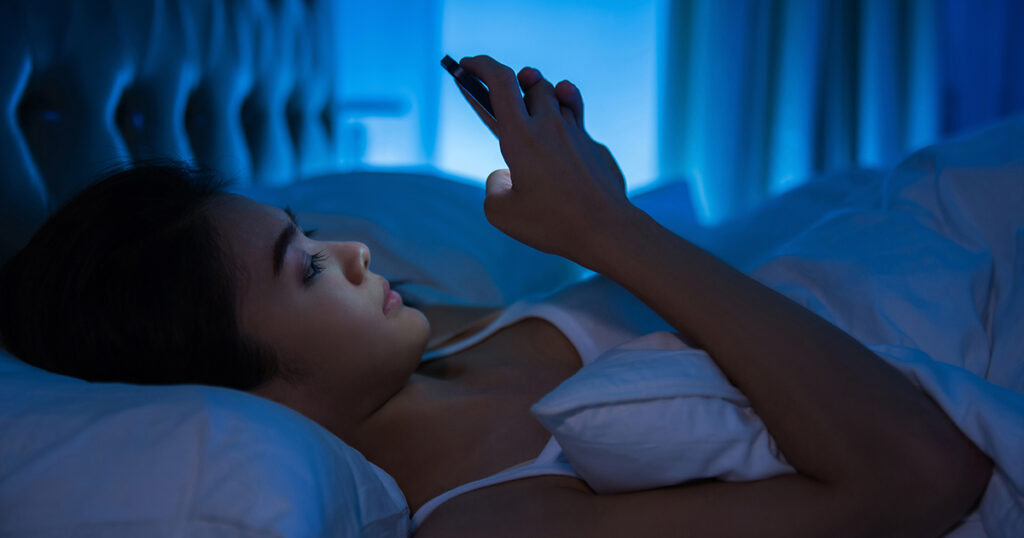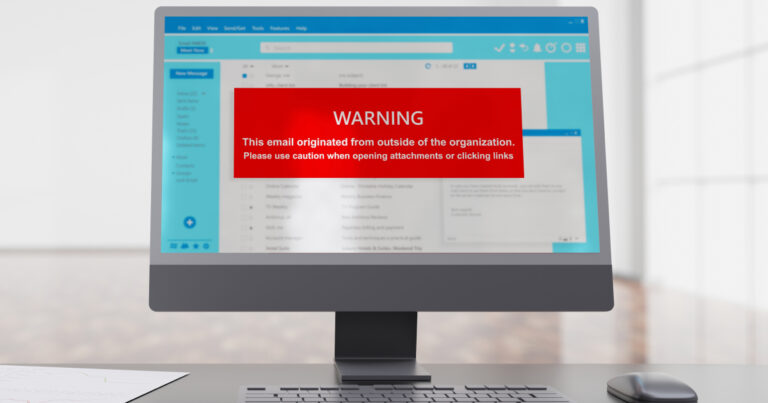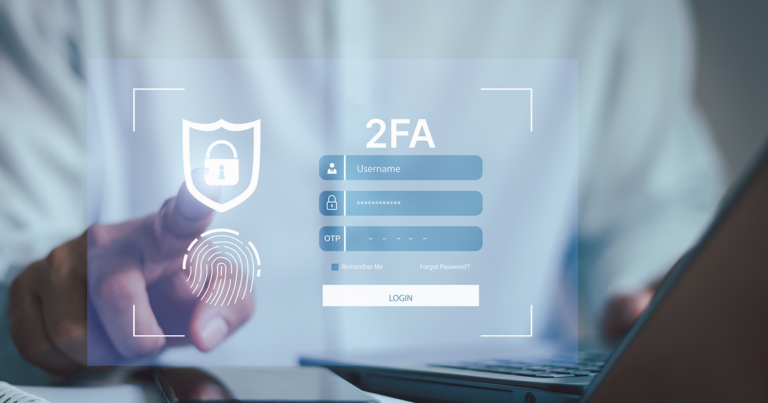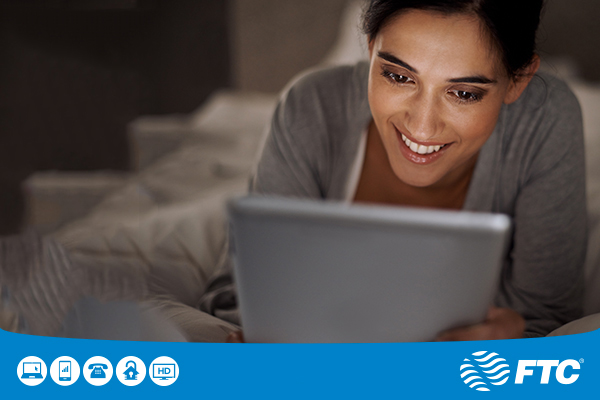Conventional wisdom suggests (as does scientific research) that technology and especially electronic gadgets such as laptops, smartphones and tablets can serve as a hindrance to quality sleep when used around bedtime. But sleep-deprived consumers shouldn’t ban all devices from the bedroom just yet because, when used appropriately, technology can also be a benefit for those trying to summon slumber.
People seeking to capture more ZZZs should consider these seven ways technology can help them fall asleep and even support quality sleep once the Sandman arrives:
- By blocking blue light: Scientists have found that short-wavelength blue light emitted by many electronic devices’ screens can be a top culprit when it comes to sleep deprivation. Thankfully, many of these screened devices offer a “night mode” (found in the devices’ settings menus, often under the display/brightness settings) that shifts display colors to the warmer end of the color spectrum during the evening hours. Blue-light-filtering apps are also available from the major app stores. And some good news for those who like to catch some late-night television before falling asleep — the TVs distance from the viewer generally prevents the blue light it emits from having as heavy an effect on sleep.
- By bringing the white noise: There’s a sound reason some people must run a fan at bedtime, even in the dead of winter: White noise can be conducive to sleep by blocking out disruptive background noises. And most smartphones, tablets and smart home speakers (like Amazon Echo and Google Home) will play white noise on request. Many will even offer a range of white-noise choices such as the sound of rain falling on the porch, the sound of a distant thunderstorm, gentle nature sounds, the sound of soft static and more.
- By controlling interior lights’ brightness: Especially as bedtime approaches, exposure to bright lights can affect people’s sleep by delaying drowsiness. And to help set the mood for sleep, smart light bulbs such as the Philips Hue can be set to sync with the sunset, thus emitting soothing (and sleep-friendly) ambient colors when it’s time to switch to wind-down mode. In the morning, these lights can also be set to gently wake sleepers with soft light, then to energize the household with brighter shades of white light as the time to get moving arrives.
- By helping maintain sleep schedules: Keeping sleep schedules consistent has been proven to support higher-quality sleep and a smart alarm clock can help those with sleep issues establish and maintain them. Devices such as the Kello smart clock can help people fall asleep faster with integrated speaker and lighting systems that support built-in breathing/sleep exercises, then ease the wake-up routine with features such as progressive body-clock training and multiple content, lighting and volume choices. Additional helpful features can include smart-home connectivity and control via app.
- By teaching meditation exercises: For consumers looking to take more control of their sleep habits on a tighter budget, smartphone apps like Headspace can help users clear their minds and improve their sleep habits, not to mention cut stress and increase focus, via meditation.
- By tracking sleep: Activity trackers such as the Fitbit Charge can help wearers understand and take charge of their sleep patterns with features such as sleep tracking, which provides insights about sleep quality, duration and stages, as well as other tools like a silent alarm that can wake the wearer with a quiet vibration.
- By controlling the temperature: One sure way to keep someone tossing and turning throughout the night is by making the temperature too hot or too cold. And with a smart thermostat such as the Nest Learning Thermostat or the Honeywell ZWSTAT, homeowners can ensure the perfect sleeping temperature each night plus control the home’s heating and cooling system remotely, save money by reducing energy consumption and more.
Of course, a number of the above-mentioned sleep aids work best with a fast and reliable internet connection and/or with advanced smart-home technology — and FTC is a premier provider of both. To explore the range of benefits that FTC Internet and FTC Security’s Total Connect smart home technology can provide, whether you’re fast asleep or wide awake, visit ftc.net.




